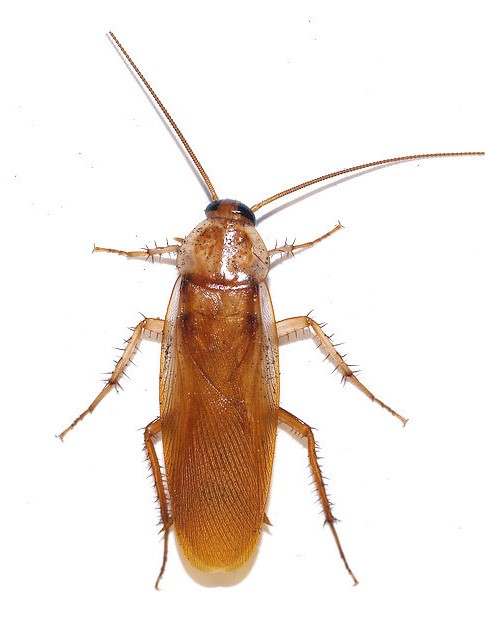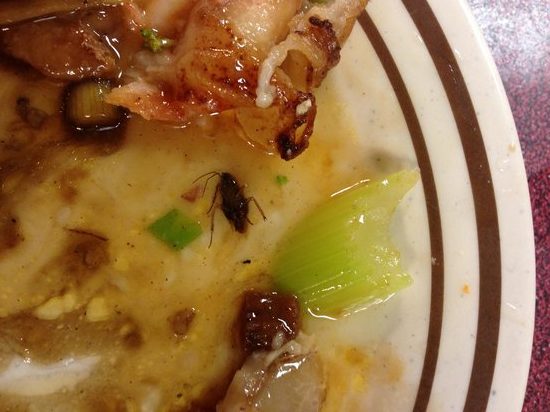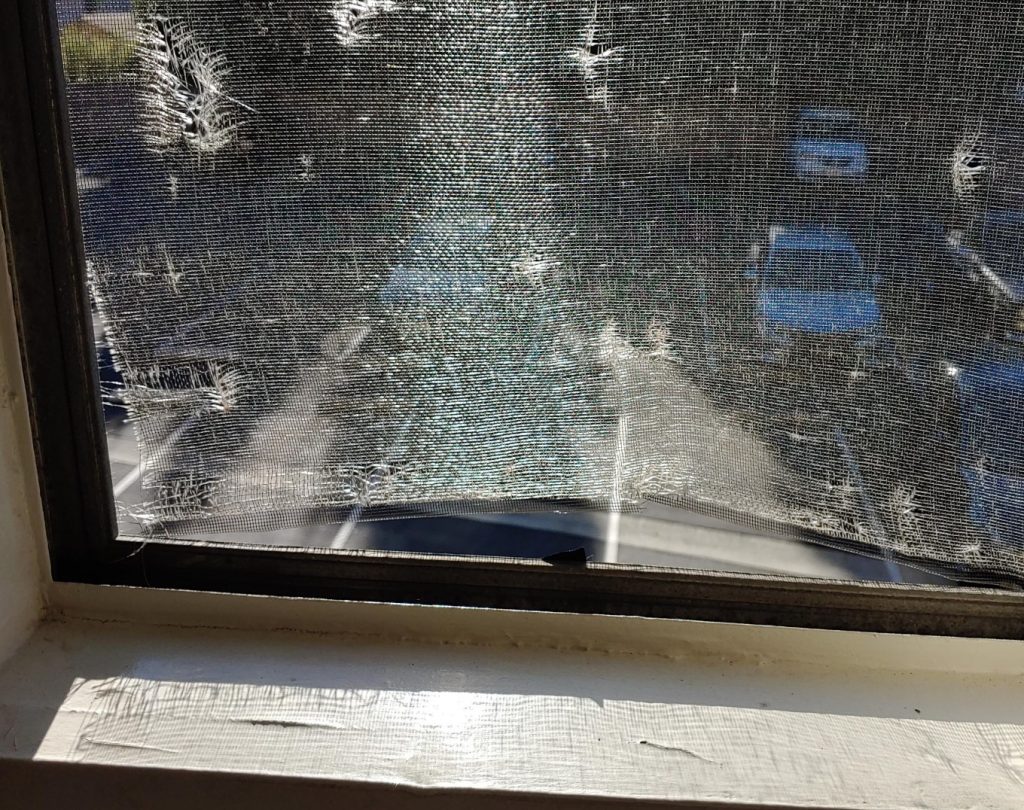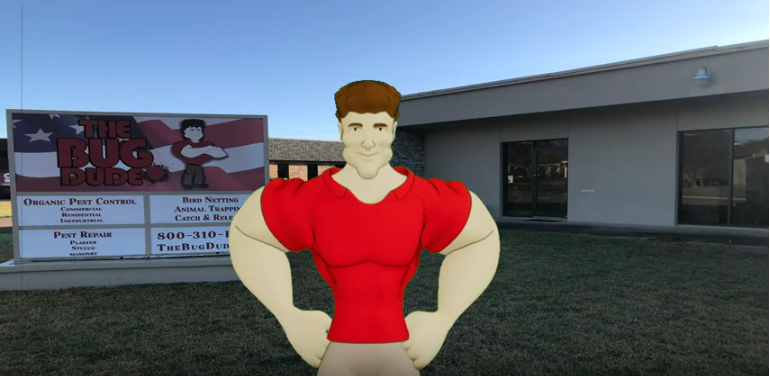Over 200 years ago Benjamin Franklin wrote: “the only two certainties in life are death and taxes,” and while that still holds true, I would venture to add a truism of my own: if you live in Texas long enough you are certain to encounter a cockroach in or around your home. Though Texas is home to 38 different types of cockroaches, there are four that are considered to be the most common: American cockroaches, German cockroaches, oriental cockroaches, and smokybrown cockroaches. However, recent findings have unveiled an invasive roach species that is rapidly making its way onto the most common list: the Turkestan cockroach. Though a relative new-comer to the United States, first showing up in the late 1970s at Army bases in California and Texas, it has quickly gained a foothold throughout the Southwestern United States and is beginning to displace the existing oriental roach populations due to its rapid rate of reproduction. With Turkestan cockroach populations on the rise, the likelihood of this being the roach you encounter while innocently spending time at home is ever-increasing. So what makes these roaches different and why should you be concerned?

What do Turkestan Cockroaches Look Like?
Turkestan cockroaches are sexually dimorphic as adults, meaning that adult females and adult males look quite different. Adult females are dark brown with small white or cream-colored dashes behind their head and at the end of their short, rounded, wings (which are not capable of flight); they are approximately 1” long and are strikingly similar in appearance to female oriental roaches. Adult males are reddish brown with a light yellow border along the edge of their fully developed wings (which support limited flight); they are approximately 1.25” long and resemble small, narrow American roaches. It is the coloration of the males that gives this roach its nicknames: rusty red cockroach and red runner cockroach.
As with other roaches, the adults are the easiest to identify and to detect the presence of. Turkestan cockroach egg capsules (oothecae) are only 3/8” long and are dark brown in color. These oothecae contain approximately 17 eggs each, and a single female can produce up to 25 oothecae in her life; that’s over 400 eggs! The nymphs begin life at less than 1/6” in length and will go through 5 instars in their life cycle before becoming adults, becoming larger with each subsequent stage. They are fully mature within approximately 7.5 months and can live for at least 13 months as adults.

Where do Turkestan Cockroaches Live?
Originally native to central and southwest Asia, these pests thrive in warm climates and are rapidly taking hold in the southern and southwestern United States. Believed to have originally been introduced to the U.S. as stowaways in military equipment returning from the Middle East in the 1970s, these pests have more recently gained an additional route into all sections of the U.S.: the internet. Because of their prolific breeding and relatively limited mobility (they are not great fliers and they are not good at climbing smooth surfaces, though they are more than capable jumpers) they have become an ideal feeder insect, being used as live food for reptiles by breeders and owners. The ease with which these pests can be purchased online, combined with their high success rates in the U.S. so far, mean that these roaches are likely just beginning their encroachment onto our turf. And yes, their presence has been confirmed in north Texas.
So where are you likely to encounter a Turkestan cockroach in or around your home? These pests live in much the same places as oriental roaches, which primarily inhabit outdoor locations, especially those that are damp. Most commonly they can be found in locations such as crawl spaces, water meter boxes, electrical boxes, cracks in concrete, compost, leaf litter, potted plants, hollow block walls, and sewer systems. However, they have also been found indoors, especially during summer months when they reach their peak population. More often than not, these nocturnal pests are drawn into homes either from being attracted to lights or in search of food and water, and once inside they are more than capable of establishing a sizeable indoor presence, particularly behind baseboards, in wall voids, around sinks and drains, around hot water heaters, and in drop ceilings.

What do Turkestan Cockroaches Eat?
As with most roaches, the Turkestan cockroach feeds on a wide array of plant and animal matter. They will happily consume human foods, including remnants such as crumbs, garbage, and compost, but are equally content to munch on pet food, leaf litter, dead insects, paper, cardboard, leather, and even fingernails, just to give a few examples.
Are Turkestan Cockroaches Dangerous?
Though Turkestan cockroaches do not bite or sting, they cannot be considered harmless. These pests carry a legitimate risk of being a disease vector for people as well as plants. Just think about all the unsanitary places they like to live, such as sewage systems, and then imagine them crawling all over your kitchen, and you can see the potential for disease transmission. In addition, they are known to carry a fungi that can cause diseases in plants.

How do you Prevent Turkestan Cockroaches?
As always, taking measures to help prevent a pest invasion is the best first step. When it comes to roaches, there are a few main avenues of prevention to pursue:
- Maintain regular pest control service with The Bug Dude.
- Eliminates the roaches themselves before their population explodes.
- Technicians can point out potential harborage areas.
- Eliminate entry points.
- Seal any visible cracks, crevices, and holes around your home.
- Check window and door screens for rips & repair or replace as needed.
- Check interior plumbing voids for gaps and seal them.
- Use door sweeps and weatherstripping.
- Inspect items prior to bringing them indoors, such as items that were recently in storage and food deliveries.
- If possible, create a 6” to 12” gravel barrier around the perimeter of your home to reduce dampness against the structure.
- Maintain good sanitation practices indoors.
- Regularly sweep and vacuum floors, especially where food is consumed.
- Wipe up crumbs on counters or tables.
- Keep sinks and counters clear of dirty dishes by maintaining a regular washing regimen.
- Don’t leave food out on counters overnight.
- Keep storage organized and tidy.
- Regularly take trash out to a sealed exterior container.
- Maintain good sanitation practices outside.
- Trim shrubs and landscaping around the home to reduce moisture retention and increase light and air circulation.
- Rake up and remove leaf litter and yard debris regularly.
- Keep firewood and lumber away from the house.
- Make sure trash and recycling containers are well-sealed.
How do you Eliminate Turkestan Cockroaches?
When it comes to roaches the best thing to do is call The Bug Dude at 800-310-BUGS (2847) at the first sign of an infestation. Roaches are incredibly resilient as a species, and are more than capable of flying under the radar while growing their populations. When it comes to Turkestan cockroaches in particular, they can create large colonies at an alarming rate. Our expert technicians not only can identify the type of roach (whether it be American, German, Turkestan, etc.) that’s causing problems and use the correct products to take care of that species (not all roaches get treated the same), but they can also help locate potential harborage areas or colony sites that need to be addressed in order to both eliminate the existing infestation and keep it from becoming a problem again in the future. As we’ve seen with the success of the Turkestan cockroach taking over the habitats of the oriental cockroach, the presence of these pests are not to be taken lightly, so give The Bug Dude a call at the first sign of trouble and keep this invasive species from invading your home.
Further Reading:
“Turkestan Cockroach” – Texas Invasive Species Institute
“Life History and Biology of the Invasive Turkestan Cockroach (Dictyoptera: Blattidae)” – Tina Kim, Michael K. Rust – Journal of Economic Entomology, Volume 106, Issue 1, 1 December 2013, Pages 2428-2432 – Entomological Society of America
“Getting to know the Turkestan cockroach” – Mike Merchant, PhD – Insects in the City – Texas A&M AgriLife Extension
“A Changing Population – Turkestan Cockroach Overtakes the American Southwest… and Possibly NYC” – Marcia Anderson – The EPA Blog
“The Invasive Turkestan Cockroach” – Christian Wilcox, A.C.E. – Columns: Tech Talk – PCT Magazine
“Turkestan cockroach” – Verseris – PestWeb
Author Bio: Alissa Breach has been gaining knowledge and experience around pest control concerns over the last 12 years while working for Mid-Cities Pest Control. She has a creative writing BA from UW-Madison and is always pursuing new and interesting writing projects.




